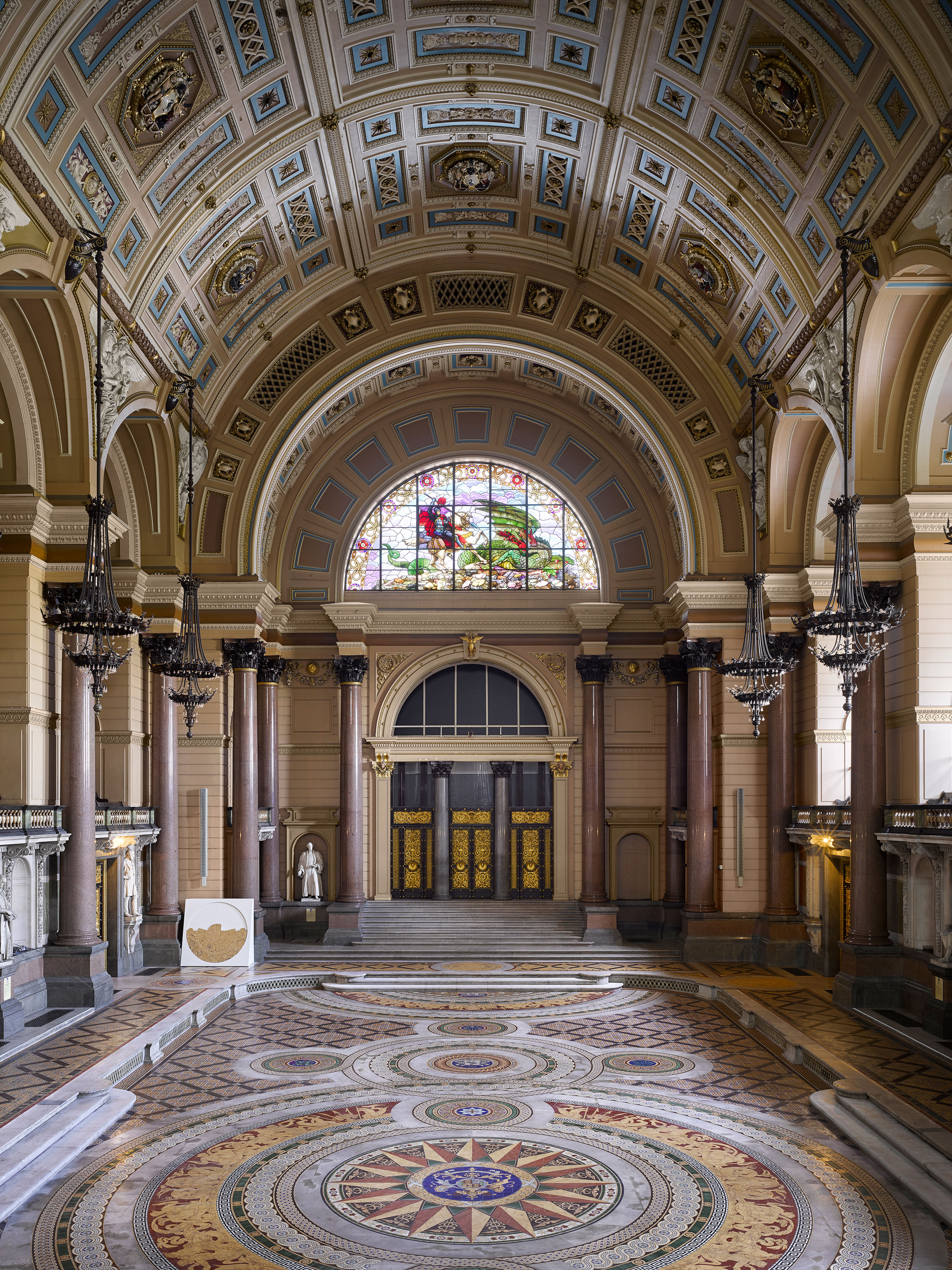Jason Goodwin in Rome: 'Shelley would have been appalled; Keats would have told them to shut up'
Jason Goodwin heads to the Eternal City and finds a very 21st century mode of transport.

In June, clutching Matthew Rice’s penetrating sketchbook guide to the city in one hand and Georgina Masson’s in the other, I went to Rome where, about a century ago, a group of poetry lovers, including the American ambassador, clubbed together to buy and preserve John Keats’s house by the Spanish Steps.
At the Keats-Shelley Museum, you can see the very room where Keats died in 1821, with a bed like the bed he died on. There is his death mask, Byron’s carnival mask, which he wore in Venice to roister in disguise, and, among the sober bookshelves, lockets containing snippets of Keats’s hair, Byron’s hair and even a lock of Milton’s hair, once owned by Shelley. There is a huge handful of Shelley’s own hair, about the size of a yarmulke, in a glass case.
If I were a jeweller, I’d be making lockets: keeping hair as a memento to the departed is an idea that’s bound to return when everyone gets bored with Snapchat and cloud photo libraries. John Milton’s hair! Shelley’s mop! Aunt Matilda’s kiss curl! So I mused, stooped over the case, when the whole shrine exploded with a sound like machine-gun fire.
Dashing to the terrace (where you can order a tray of tea from Babington’s tea rooms, if you plan ahead), I was blasted by a regiment of drummers, beating a tattoo on the Spanish Steps. A dozen or so young men, shaven-headed, dressed in black, muscles bulging from short-sleeved shirts, were ranked up the steps in formation, backed by four standard bearers, playing a synchronised drum routine — drumsticks to the nostrils, heads bowed in silence. Shelley would have been appalled; Keats, with Cockney directness, would have told them to shut up.

However, this wasn’t, as it turned out, a Fascist coup or a celebration of Mussolini’s birthday. Much as they looked like a paramilitary band, they were merely a curtain raiser for the new ‘Mission Impossible’ film, in which, I imagine, a Fiat Cinquecento is sure to fly down the Spanish Steps, followed by a phalanx of Range Rovers, guns blazing. The drummers, it seemed, were merely providing a spectacle for the news cameras.
I think I could give Tom Cruise a run for his money. Cars and motorbikes are old hat: I have discovered the e-scooter. It’s only a matter of time before Ethan Hawke or James Bond reaches down to unclip the speed governor that keeps these machines down to 12mph, but even at 12mph e-scooters are a perfect thrill.
You find them all over the place, in London and Bristol as in Rome (but not Venice, obviously). They unlock with a cheery little trill via an app on your phone. You kick back the stand, set a foot on the running board, push a tiny lever with your thumb and you’re away, whizzing through the streets faster than you could run. All the time, you are standing upright, taking in the views, feeling tall and elegant: you don’t have to move your legs, crouch over handlebars or work up a sweat. The only muscle that moves is the thumb. With courtesy and common sense, you can navigate junctions or hop off and meld with pedestrians.
Sign up for the Country Life Newsletter
Exquisite houses, the beauty of Nature, and how to get the most from your life, straight to your inbox.
The app tells me that, so far, I’ve taken 97 trips in Rome and London and covered 197 miles, with no more than a bloody knee to show for it, but I am not fooled. Flying unprotected through traffic on an elevated board is also wildly dangerous. It is part of the attraction. I’ve been thinking that I should cut off a lock of my hair and put it in an envelope.

St George's Hall: Why the world’s greatest neo-Classical building isn’t in London, Paris or Rome — it’s in Liverpool
The combined demand for a concert hall and a set of law courts in the burgeoning Atlantic port of Liverpool

Credit: Alamy Stock Photo
Caravaggio’s Eden: Why following in the footsteps of the artist is the ideal way to explore Rome
Mark Hedges dons his best walking shoes for a Caravaggio-themed walking tour of the Eternal City.

How some of the finest 'English' rose gardens are in the hills of Lazio and Umbria
Gardeners like plants that do well for them and, for the Italians, there is no flower more adored than the
-
 'Monolithic, multi-layered and quite, quite magnificent. This was love at first bite': Tom Parker Bowles on his lifelong love affair with lasagne
'Monolithic, multi-layered and quite, quite magnificent. This was love at first bite': Tom Parker Bowles on his lifelong love affair with lasagneAn upwardly mobile spaghetti Bolognese, lasagne al forno, with oozing béchamel and layered meaty magnificence, is a bona fide comfort classic, declares Tom Parker Bowles.
By Tom Parker Bowles
-
 Country houses, cream teas and Baywatch: Country Life Quiz of the Day, April 24, 2025
Country houses, cream teas and Baywatch: Country Life Quiz of the Day, April 24, 2025Thursday's Quiz of the Day asks exactly how popular Baywatch became.
By Toby Keel